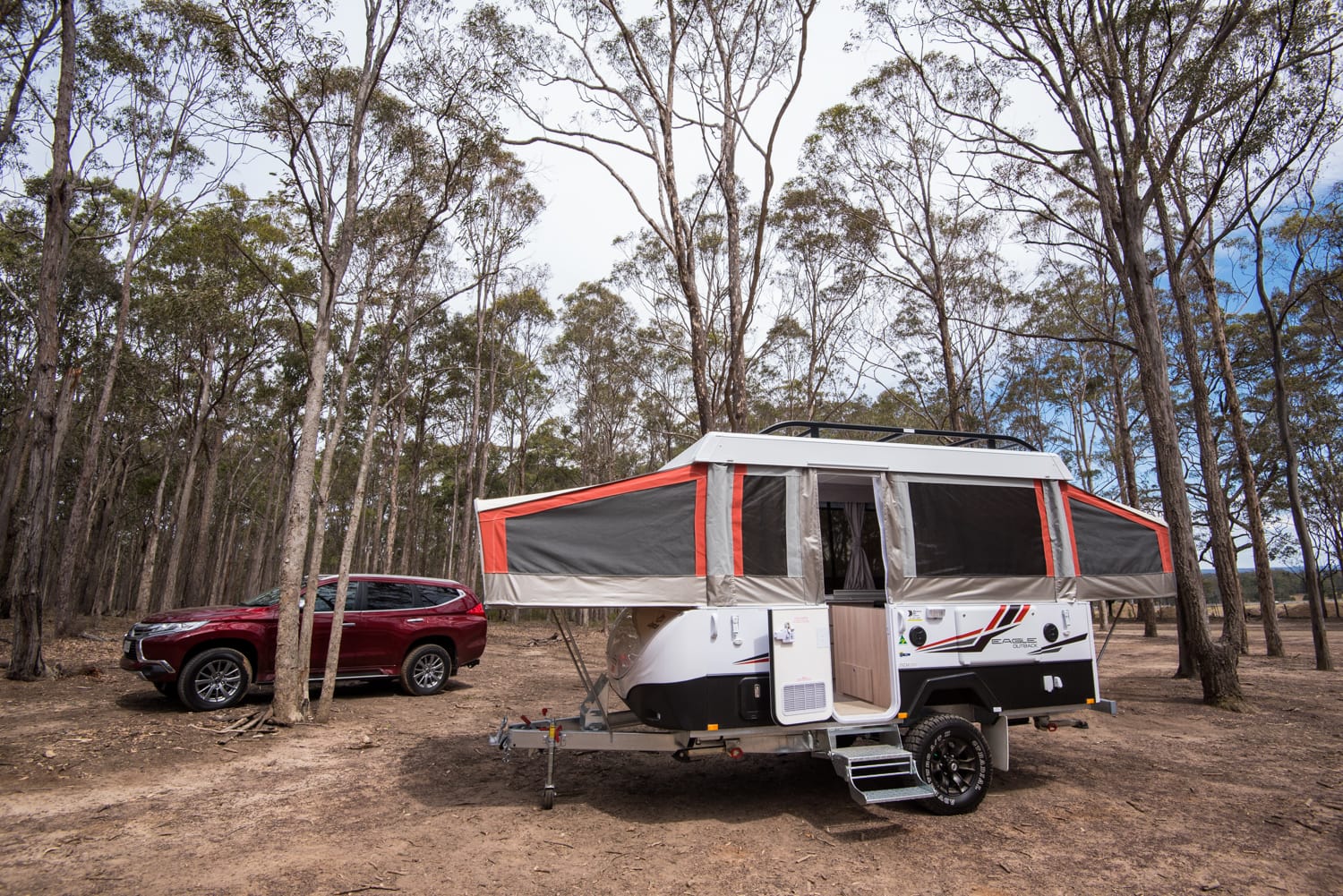In terms of practicality, this is one small SUV that punches above its weight.
Up front both the seats are manually adjustable, which is expected at this price point. There’s nothing wrong with this as they still allow you to find your desired seating position.
The entry-level Evolution comes with cloth upholstery which feels nice to touch and allows for decent breathability, whereas the top-spec Techno has a premium textile that almost feels like neoprene (wetsuit material). I’m thankful there’s no leather upholstery option in this car because it wouldn’t suit its character.
Ahead of the driver is a leather-wrapped steering wheel which feels more premium than you’d expect. It feels lovely in the hand and is complimented by the squared-off shape.
Another reason why I like this steering wheel is it offers a generous amount of tilt and reach adjustment. This means people of all different sizes and statures will be able to find a comfortable driving position.
There’s a nice smattering of physical buttons on the steering wheel for critical things like the cruise control and changing the content on the digital instrument cluster, though if you want to change the volume or track, you need to interact with the stubby stalk behind the steering wheel.
This is a classic Renault quirk that’s been in a number of its cars for years. It takes a bit to get your head around, but once you do it’s second nature.
Behind the steering wheel is a 7.0-inch digital instrument cluster which looks a little small in its housing. Clear analogue dials for the rev counter and speedometer would have been better and likely more timeless.
As standard, however, there’s a big digital speedometer readout that’s easy to read, as well as a few layout styles and informative pages to cycle through.
I wish the digital rev counter was featured on more of the page layouts and it also had more numbers denoting the rev counter markings, rather than simple lines. This is particularly annoying in the manual.
Moving across, the 10.1-inch touchscreen multimedia system is clear and bright. It also helps that the native interface is simple and easy to navigate.
There’s wireless Apple CarPlay and Android Auto across the line-up which is fantastic to see and almost expected now. Complimenting this is a standard wireless phone charger at the base of the centre tunnel.
Additionally, if you opt for the Techno, you get a phone mount on the dashboard. I still haven’t decided whether this is helpful or not given there’s already wireless phone mirroring and the phone mount doesn’t provide charge as standard.
Unlike many newer cars, the Duster retains plenty of physical switchgear up front so key functions like the dual-zone climate control and drive modes.
In terms of storage up front there are two cupholders, a handy shelf for stowing things above the wireless charger, a big centre console box, as well as a deep glove box.
Moving to the second row there’s plenty of headroom, though legroom is minimal for adults above (183cm) six feet. You have to remember this is a small SUV so it’s actually not too bad.
The second-row bench seat is laid back, allowing you to get comfortable on longer drives. Two adults can easily fit back there, though pushing it to three would make it squishy.
Second-row amenities include air vents and two USB-C ports. There’s also a special connector on the back of the centre console which allows you to fit a wide range of optional 'YouClip' accessories. These include a cupholder, light or hook.
In the same vein, you can also add a phone or tablet holder to the back of the front-seat headrest. The configurability is to your heart’s content.
A downside of the second row, however, is there’s no fold-down centre armrest. This also means there are no rear cupholders as standard, which is disappointing.
At the back the entire Duster line-up has a manual tailgate, which is fine for the price point.
The boot space itself is decent as there’s no load lip, but if you’re wanting a larger space overall, it’s best to opt for the front-wheel drive (FWD) versions as they have 472L with the rear seats upright. AWD versions, on the other hand, have 358L with the rear seats up.
The Techno 4x2 in particular has a two-tier floor which allows you to stow things underneath the main boot floor, or you can create a partition to stop things moving around.
Boot-related amenities include a light, hooks and a 12V socket. There are also extra YouClip points, including one on the tailgate. This allows you to add extra lights or hooks.
As standard, all Duster variants get a full-size spare wheel, which is fantastic given this type of vehicle may be spending a lot of time out on the open road.







